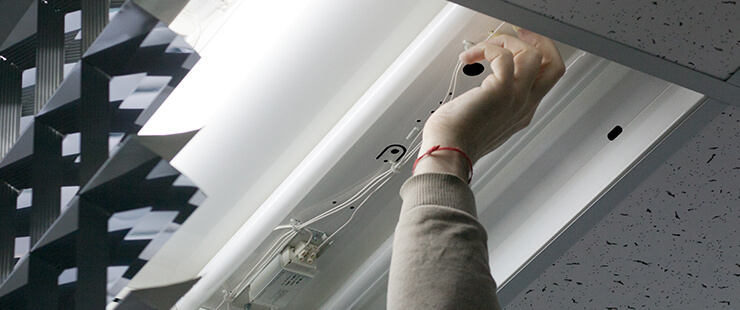Get unique, complex parts easily. No matter your requirements, Chaoyi Spring creates hard-to-produce coil springs and wire forms.
Let us help you create the custom wire form you need, from S-hooks and J-hooks to utility hooks and more.
We work closely with customers across a wide range of industries, helping them design and manufacture made-to-order parts.
Why choose Chaoyi Spring? We prioritize customer-focused collaboration, modern equipment and the latest technology to make your parts per print.
Find the information and guidance you need, from measuring a spring to learning about materials, placing an order and much more.
Torsion bar springs, often found in automotive suspension systems, are a unique and effective way to provide both support and compliance. They differ from traditional coil springs in their orientation


Torsion bar springs, often found in automotive suspension systems, are a unique and effective way to provide both support and compliance. They differ from traditional coil springs in their orientation and operation, relying on twisting forces rather than compression. This article will delve into the intricacies of torsion bar springs, exploring their design, operation, and wide range of applications. We'll also discuss the advantages and disadvantages of using these springs, helping you understand why they are a popular choice in various engineering fields.

Torsion bar springs, unlike their coiled counterparts, function through the twisting motion of a solid bar. Imagine a metal rod fixed at one end and allowed to rotate at the other. When a force is applied to the free end, the rod twists, storing potential energy. This stored energy is then released when the force is removed, returning the rod to its original position. This twisting motion is what gives torsion bar springs their unique characteristics.
The basic principle of a torsion bar spring is relatively simple. The spring itself is a long, solid, cylindrical rod made from high-strength steel. One end of the rod is fixed to the vehicle's frame, while the other end is connected to a control arm or axle. When the vehicle encounters a bump or dip, the control arm or axle moves, causing the torsion bar to twist. This twist stores energy, much like a coiled spring compresses. The amount of twist, and therefore the force exerted, is determined by the torsion bar's diameter, material, and the length of the bar that is allowed to twist.
Torsion bar springs offer several advantages over traditional coil springs. They are known for their:
While torsion bar springs have many advantages, they also have some drawbacks:
Torsion bar springs are widely used in various applications, with their most common use being in:
Designing a torsion bar spring involves several critical considerations, including:
Torsion bars are generally quite durable, but they do require occasional maintenance. This can involve:
Torsion bar springs offer a unique and valuable solution for various engineering challenges. They're known for their durability, space efficiency, and adjustability, making them a popular choice in automotive suspension systems, industrial machinery, and aircraft. Understanding their design, operation, and advantages and disadvantages is crucial for making informed decisions when selecting the appropriate spring type for your application. Whether you're a car enthusiast, an engineer, or simply curious about the fascinating world of mechanics, torsion bar springs are an essential piece of the puzzle.
Torsion bars, with their unique twisting action, offer a distinct alternative to conventional coil springs. While they may not be as ubiquitous as their coiled cousins, their unique advantages make them an excellent choice for many applications, especially where space is limited, durability is paramount, or fine-tuning the spring rate is crucial. Next time you see a car with a torsion bar suspension, remember the ingenious design and its ability to smoothly navigate the bumps and dips of the road.
Browse some of the custom wire forms and springs that we manufacture. Don’t see what you need? We specialize in made-to-order products that meet your application requirements.
Visit Our GalleryNeed a custom wire form or coil spring? We make it work. Fill out the contact form and a representative will respond within 1 business day. If you have a PDF or CAD file, you can submit to request a quote.